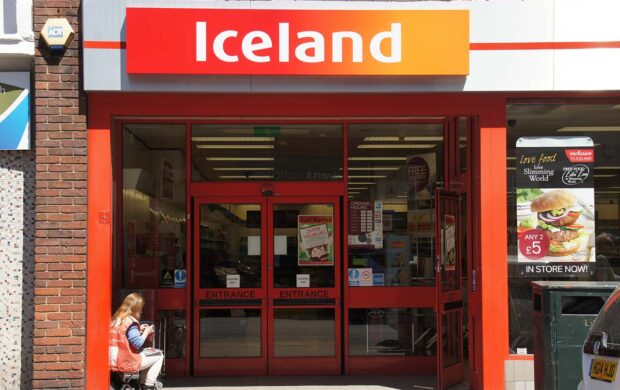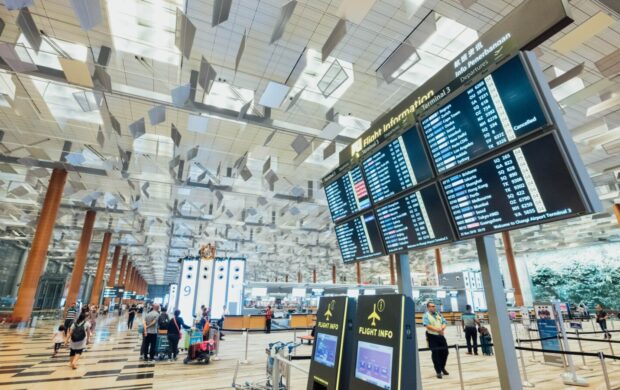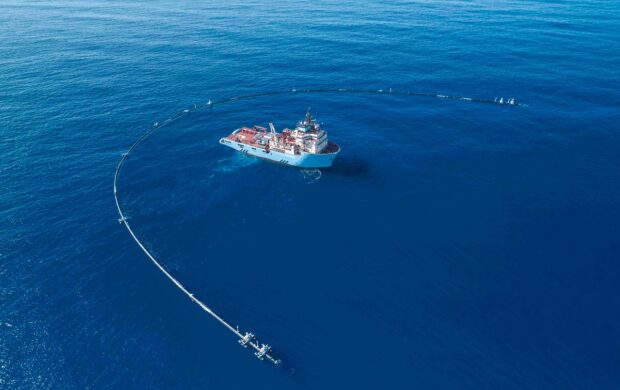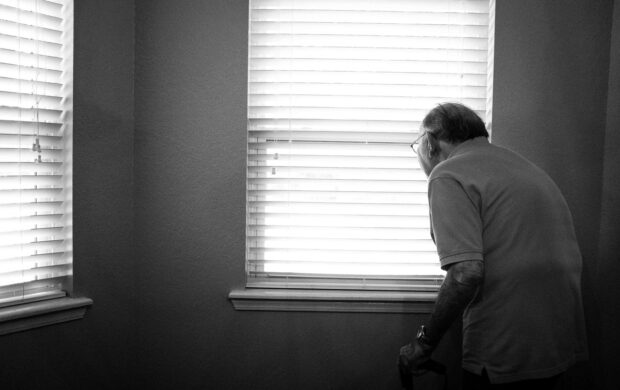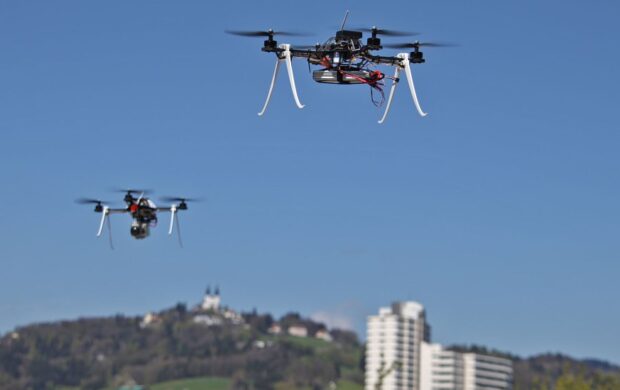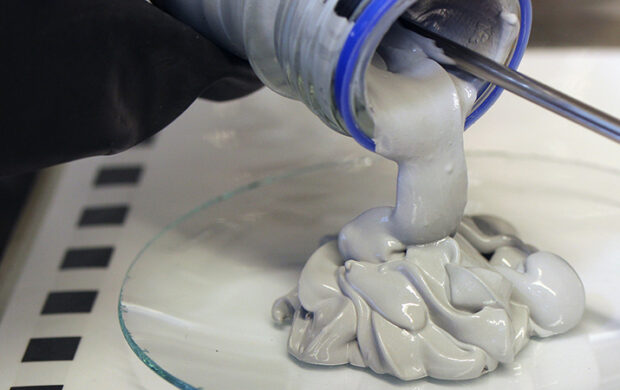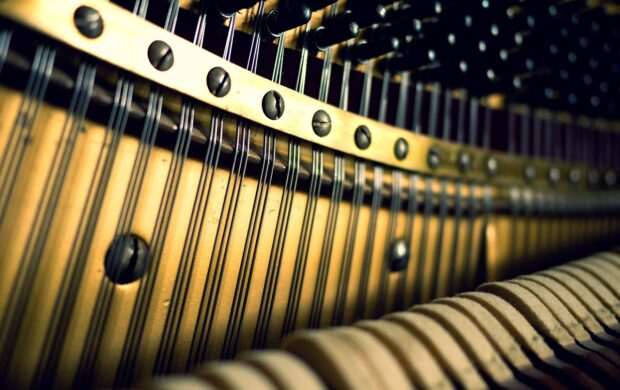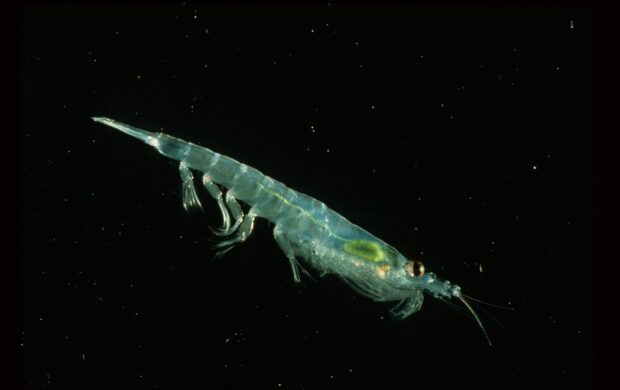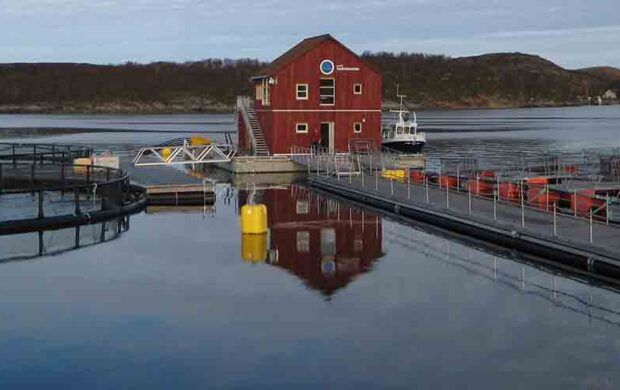The world’s first electrically powered car and passenger ferry, named Ampere, started service in Norway earlier this year.
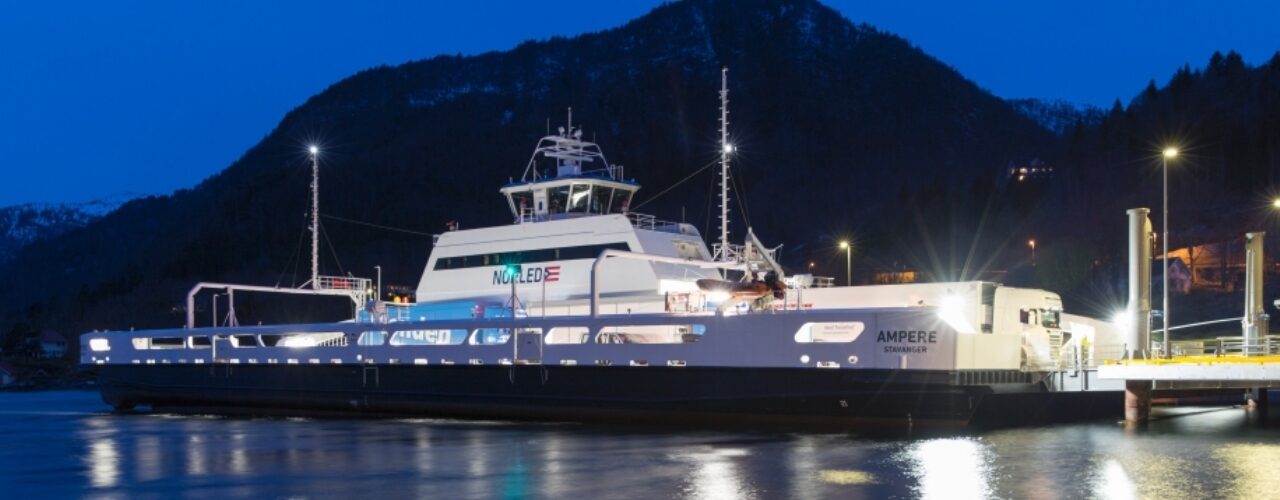
The ferry, operated by Norled, makes 34 fjord-crossings a day, powered by two electric motors. Each motor is powered by lithium-ion batteries, which are recharged whilst cars and passengers board the ferry at each pier. The ferry only uses 150kWh per route, which corresponds to three days use of electricity of a standard Norwegian household. Conventional ferries in comparison, use approximately one million litres of diesel fuel, and cost up to 60% more to operate. They also emit 2,680 tons of carbon dioxide and 37 tons of nitrogen oxide over the same distance each year.
The electric motors are low-noise and emission-free, running on electricity generated by local hydroelectric plants. The ferry’s hull also incorporates new forms of design to reduce embedded carbon and increase energy efficiency. The hull is made exclusively of aluminium rather than steel, which reduces its weight by half. The aluminium is also resistant to rust, and therefore requires less maintenance and reduced operating costs. This technology has been jointly developed by Siemens and the Norwegian shipyard, Fjellstrand.
Additional material by Juliette Aplin
Image credit: Siemens © / reprinted from Siemens’ Pictures of the Future online magazine
